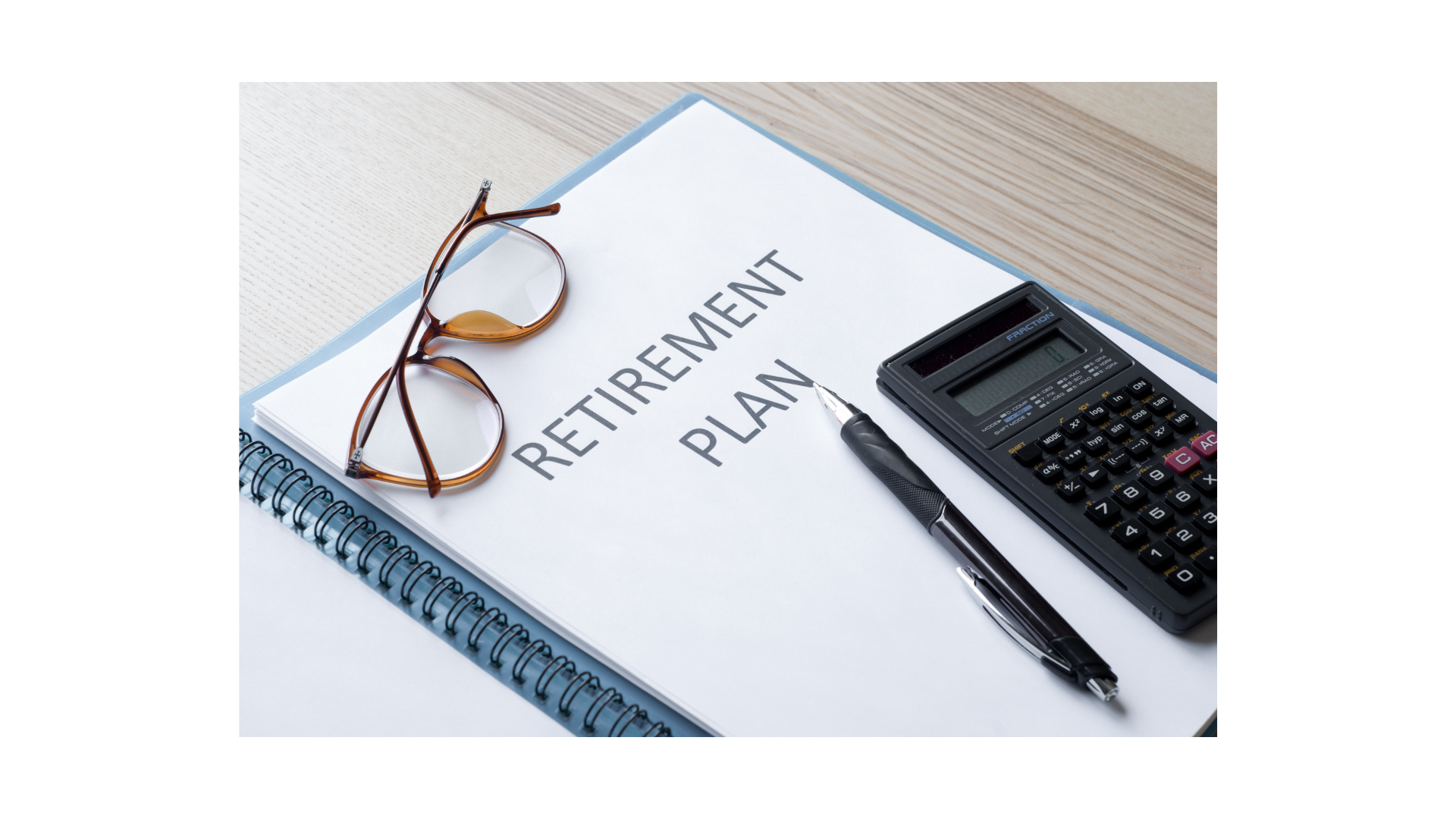Pay it Forward
Looking To Teach a Child Some Important Money Lessons? Consider a Roth Custodial IRA.
You started early and have saved hard in your 401(k). You’ve also paid close attention to your investing strategy over the years. And you definitely understand the benefits of tax-deferred compounding over the long term and the potential for growth. Heck, you’ve even remembered to
change your account password every 90 days. Maybe now it’s time to pay it forward and pass along some of your retirement savings wisdom!
How a Roth Custodial IRA Works
A Roth individual retirement account (IRA) may be a great way to instill the value of investing for a child or teenager with earned income (or grandchild, niece or nephew for that matter). This income could be from a dog-walking or babysitting job, regularly scheduled household chores or
from a job that provides a W-2 form.1
The account is managed by a parent or another adult, such as a grandparent or uncle, on behalf of the child. The contribution limit for a Roth IRA in 2023 is the lesser of $6,500 or your child’s total compensation for the year.
Benefits of a Roth Custodial IRA
Once your child has earned income, it doesn’t matter where the IRA contributions come from. You may be able to entice your child to open an account by offering matching contributions from you or a grandparent or by funding the account up to the allowable amount. That way they will still have money left from their paycheck to go shopping or out with friends.
Once the Roth IRA is open for a minor, all assets are managed by the custodian until the child reaches age 18 (or 21 in some states). Given the tax bracket most teens are in, and the length of time they have to invest, a Roth IRA may provide the most potential long-term financial gain. Because of this, it’s important to stress to your child that using the money to help fund their retirement will likely be their most advantageous option. However,
contributions are available anytime and withdrawals of earnings can be made penalty-free in some circumstances prior to age 59½. For example:
- Your child can withdraw money for college, to open a business or for other expenses.
- In addition, your child can withdraw up to $10,000 worth of earnings from the IRA, without a penalty, for the purchase of their first home.
The most powerful benefit of a Roth custodial IRA may be the potential for personal growth for a child or teenager. Getting an early taste of working life, in addition to learning about money and the power of saving, can be invaluable.
- Please note that the child’s income may need to be declared as taxable self-employment income in the year it is earned. Be sure to consult with a tax professional.
This information is not intended as authoritative guidance or tax or legal advice. You should consult with your attorney or tax advisor for guidance on your specific situation.
Kmotion, Inc., 412 Beavercreek Road, Suite 611, Oregon City, OR 97045; www.kmotion.com
© 2022 Kmotion, Inc. This newsletter is a publication of Kmotion, Inc., whose role is solely that of publisher. The articles and opinions in this publication are for general information only and are not intended to provide tax or legal advice or recommendations for any particular situation or type of retirement plan. Nothing in this publication should be construed as legal or tax guidance, nor as the sole authority on any regulation, law or ruling as it applies to a specific plan or situation. Plan sponsors should consult the plan’s legal counsel or tax advisor for advice regarding plan-specific issues.


Iowa
4200 University Avenue, Suite 200
West Des Moines, IA 50266
800-677-1529
Securities offered through LPL Financial, Member FINRA/SIPC. Investment advisory services offered through Global Retirement Partners, LLC dba AssuredPartners Financial Advisors, an SEC registered investment advisor. AssuredPartners Financial Advisors and LPL Financial are separate non-affiliated entities.
GRP Advisor Alliance is an independent network of retirement plan focused advisors. GRP Advisor Alliance is not affiliated with or endorsed by LPL Financial.
The financial professionals associated with LPL Financial may discuss and/or transact business only with residents of the states in which they are properly registered or licensed. No offers may be made or accepted from any resident of any other state.









